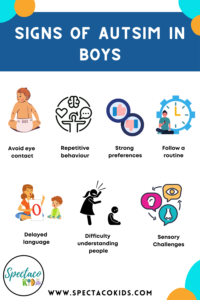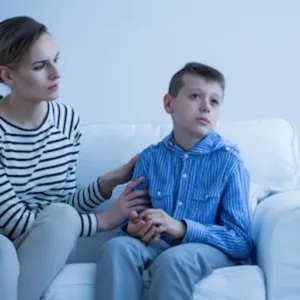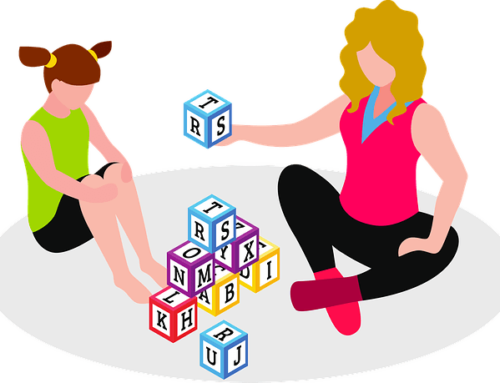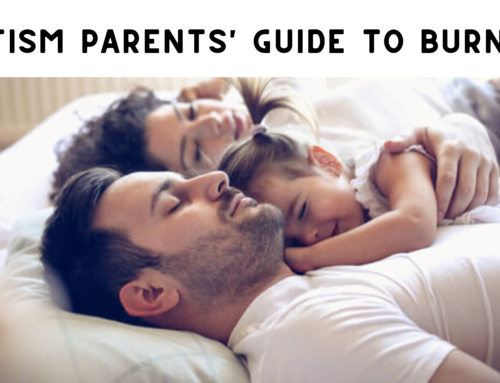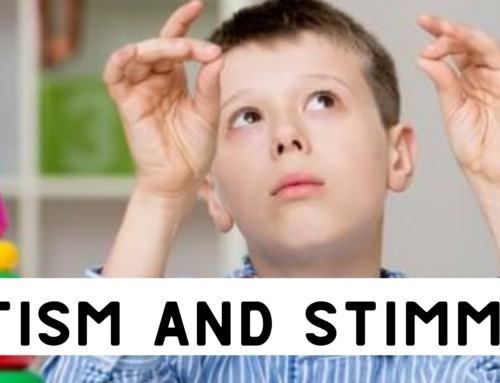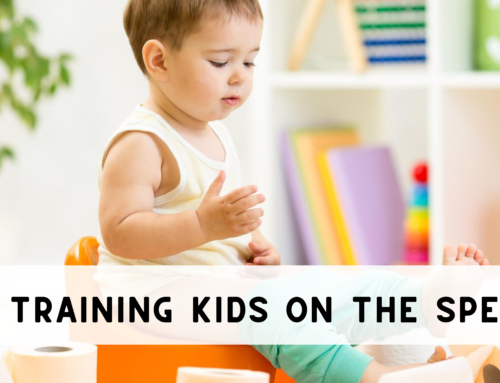How Does Autism In Boys Vary From Girls?
Autism is more prevalent in boys than it is in girls, since boys are said to be four times more likely to be diagnosed with autism. Although girls on the spectrum have similar symptoms, they are still different than those found in boys. Additionally, girls can cover-up their symptoms better, which is particularly why many go undiagnosed. For example, boys have shown a strong focus on a particular object, whereas in girls, this feeling is found to be less intense.
Why Are Boys Diagnosed With Autism More Than Girls?
Autism has a different effect when it comes to boys and girls. The following characteristics reveal why it is easier to spot autism symptoms in boys than in girls:
- Boys usually develop signs earlier, hence, they are treated earlier too
- Boys may be singled out more easily by parents, teachers, guardians, and medical professionals, due to behavioral issues, which are less frequent in girls
- Boys have more pressing sensory issues and are more likely to have behave aggressively
- Boys have less oxytocin levels in their body (this is the chemical that controls social behavior), hence, more than ever, they way they behave speaks volumes about their condition
- It has also been carried down as an old belief that autism is a condition specific to males, coupled with the fact that in olden times, more autistic males have been identified in the media than females.
- Some believe that methods being adopted to identify autism in individuals lean more towards highlighting characteristics more readily found in males than females.
- Boys cannot hide their symptoms as well as girls can.
What Are Common Signs Of Autism In Boys?
Autism symptoms revolve around two main areas that largely define ASD. These are the:
- social and communication patterns
- repetitive and restricted behavioral patterns
Social Patterns Of Boys On The Spectrum:
- Refrain from eye contact
- Unable to access facial expressions of other people
- Not very expressive
- Uninterested in making new friends
- Not receptive to parents pointing at objects
Communication Patterns Of Boys On The Spectrum:
- May begin to speak even after 16 months of age
- Mimic others’ words without knowing what it is they are saying
- Do not respond to their name when called out, but are more responsive to other sounds like that of animals
- Mix up pronouns, identifying themselves as “You” and other as “I” along with other language errors
- Not keen on talking
Behavioral Patterns Of Boys On The Spectrum:
- Follow a routine and dislike changes in how they are used to doing things
- Might show intense like or dislike for some objects or activities
- Exhibit certain movements constantly, like for example, twirling around, fidgeting, moving their hands around or even walking on their toes
- May be highly sensitive to certain sounds, smells and things, or not at all
- May play with a toy partially, rather than the entire bit
- Not very responsive to pain
- Tend to look at objects from unusual angles
How To Identify Autism Symptoms In Boys As They Are Growing Up?
At 12 Months:
Most commonly, boys will begin to respond to their name by either tilting their head or stopping and looking in the direction from where the sound came from. However, boys with ASD will completely ignore any such call towards their name.
At 18 Months:
If your child has not yet begun to speak, they will still try to use hand gestures or facial expressions to interact with others. However, boys with ASD will not even do that and may keep repeating what you or someone else is saying.
At 2 Years:
At this age, children can usually recognize themselves in photos and are very communicative. However, boys on the spectrum will not be able to identify themselves or even be very interactive and playful with others.
Over 2 Years:
Children growing under normal circumstances tend to learn more progressively with age, interact with those around them., form sentences and be playful whilst making eye contact. However, boys with ASD will not show all these growth signs and may neglect the presence of other people around them. They do not develop feelings for others in the same way as regular children and may be more sensitive to touch or may completely dislike the idea of physical affection liked cuddling, kissing etc. Additionally, they may start showing behaviors of excessive hand movements like clapping their hands together for example.
Teenage Years:
As teens, boys with ASD may not take the issues faced by teens very well. They are more susceptible to developing anxiety and depression, triggered by teenage physical and social problems.
Other Symptoms That Can Be Found In Boys On The Spectrum:
- Impulsive
- Hyper-focus on some objects/ activities
- Frequent changes in mood
- Aggressive
- Fixed Routine
- Mood swings
- Distinctive sleeping and eating habits
- Excessive fear or lack of fear in some cases
- Small attention span
What Should Be Done If You See These Signs?
If you see these signs pertaining to autism in your child as he is growing up, it is best to consult a medical healthcare professional and seek assistance as soon as possible. Whilst this might be slightly concerning for you at first, the earlier your child receives treatment, the better. This will not only help your child but will also help you to understand them and their special care needs better, thus, making it easier for you to grant them the support they require.
Since it is easier to identify these signs in boys more easily than in girls, they can be helped at earlier stages, given that parents or those around them are able to identify the symptoms highlighted above.
For more information, follow us on Instagram or visit our website!

